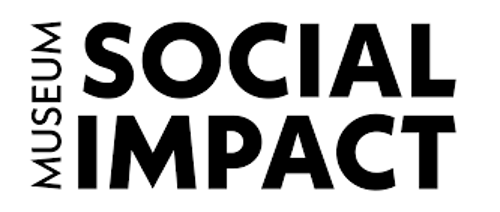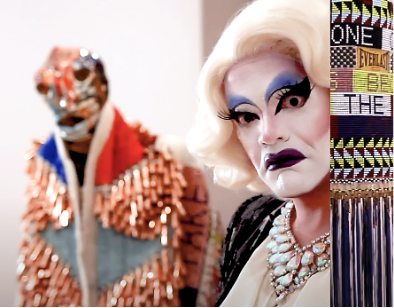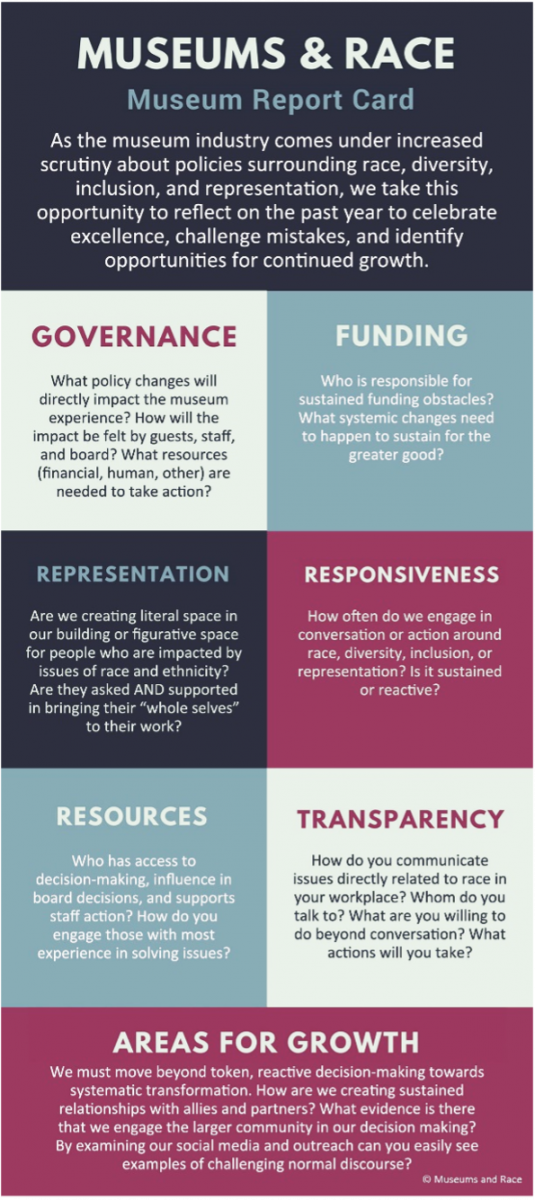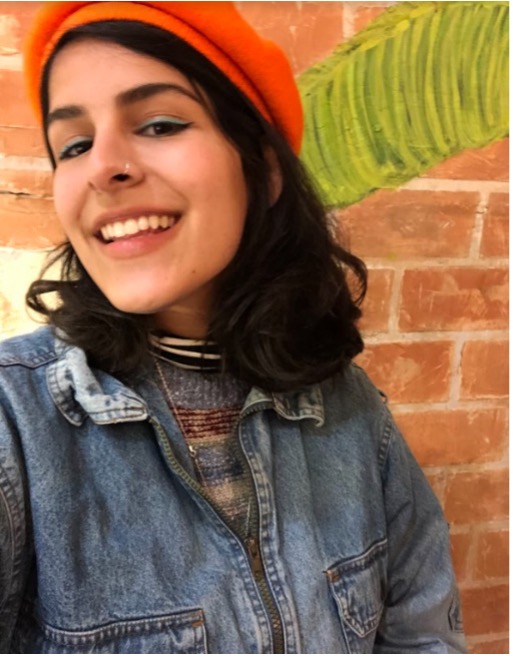Written by 2022 Wanda Chin Scholarship Recipient Jenna Canals
I can do this. One final affirmation in the mirror before Day 1 of my first conference. My heart is in my throat, my stomach is in my butt, and I’m flooded with equal parts excitement and apprehension. I’m out the door and on my way to the Opening Session and Keynote. I’ve missed most of the morning coffee but my 8 AM “Pep Talk with Self” ran a little late.
Fear-extinguishing elements in order of appearance:
- 3 fellow conference-goers (identified by their WMA badges) clad with reusable coffee cups, notebooks, and a truly notable collection of textiles. We exchange smiles, good mornings, and well wishes for the day. Museum/art/humanities/academia oddballs are inarguably the best, and I love a good houndstooth.
- The percolator has spittered her last spatter. A small, impromptu task force of friendly strangers jumps into action to lift, tilt, and pour whatever remained in this hissing hunk of silver into the cups of un-caffeinated non-profiteers. About 5 cups of coffee later, the team feels accomplished, shares high-fives, and disbands. It’s a poetic demonstration of museum work: Intrinsically motivated, problem-solvers band together to create a better situation for all. Powered by coffee and dreams.
- Dina Bailey. Let’s take a moment for WMA’S 2022 Keynote Speaker, Dina Bailey, who set the tone for the entire conference. Through a tapestry of personal narrative and concrete museum-application of the concepts explored through her storytelling, Bailey’s talk proposed that collective experiences create and uphold the systems or realities we live in. In turn, individual change can affect and even redefine the collective experience. We fall into trouble when we go through the motions, rather than live in the moment. However, if more intentionality is given to the individual journey, we can grow institutions by inspiring and empowering each person who contributes to them. Bailey provided a deeply relevant and spiritual toolkit that I would carry with me though the rest of the conference and even today.
It took two hours for any nerves I had about attending my first conference; solo I might add; to subside and give way to enthusiasm, inspiration, and an eagerness to learn more. We can thank the wonderful community at WMA and Dina Bailey for that. While I attended multiple sessions, networking opportunities, and after-hours events, here are a few honorable mentions:

Measuring Social Impact for Strategic Change
I wouldn’t say that this session reframed how I think about museums and cultural institutions, but it certainly validated my greatest hopes of what they can and should be. Here’s what I walked away with: Institutions are not only a resource to communities, but they are also in service to communities. If institutions are not aware of the needs of the communities they serve, they are irrelevant. Panelists discussed how they culled their communities for valuable input and information that would help them recalibrate their institutions to create more meaningful social impact. Through a study with multiple institutions across the US, the Utah Division of Arts and Museums developed a toolkit to help institutions measure and report on the social impact they’re making in their communities. I highly suggest that you click this link to learn more about the Measurement of Museum Social Impact assessment and sign up for their newsletter—this way, you wont miss when the MOMSI drops in June of 2023!

Clowning Around: Creating Inclusive Collaborations with Carla Rossi
Just thinking back on this session gives me butterflies. The collaborations presented during this session created safe spaces for queer youth, challenged ideas of white supremacy and belonging, and stood as wonderfully successful examples of the best type of museum work—creative, conceptual, meaningful, a little risky, and fun. Anthony Hudson, the incredible thinker, entertainer, and artist behind Carla Rossi is a gem to the world. To experience Hudson’s layered, relevant, and noteworthy practice, watch Seattle Art Museum’s video collaboration with Carla Rossi and visit TheCarlaRossi.com.
Beyond Land Acknowledgments: Real Collaboration with Tribes and Tribal Museums
Real collaboration with Tribes. As my institution is located on the traditional homelands of the Puyallup Tribe and Coast Salish peoples, this topic felt really important to me. This session discussed the issues with perfunctory land acknowledgments, how institutions can weave indigenous voices into their institutional frameworks, and how to be actionable partners with tribes in the area. One-week post-conference, the topic of acknowledgement versus action came up during a DEAI debrief. Naturally, I thought about this session and decided to share some of the insights Roberta “Bobbie” Conner, Director at Tamástslikt Cultural Institute, and her fellow presenters provided at WMA. This led the group down a long discussion about how we could be better community partners—What that would look like in our museum, what we’d need to best integrate these partnerships interdepartmentally, and how we might do that. Standard operating procedure documents are already in the works!

Strategies for Surfacing Truth and Fostering Reconciliation for Racial Equity
The session I attended with Museums and Race hosted an activity where groups were asked to identify the worst-case-scenario for the museum field in relation to racial equity. Through a distillation process, we identified the core issues museums are facing today and projected an array of creative solutions. One issue we spoke about was stagnation and/or retrograde during our DEAI journeys. My institution, Museum of Glass, has noticed a dip in our outward DEAI work post-pandemic, especially after the incredible programming that accompanied the opening of Preston Singletary: Raven and the Box of Daylight in 2018-2019. We realize however, that the goal is not to be a meteor but a beacon of change—sustained and consistent. In effect, the DEAI Task Team at MOG hopes to use Museum & Race’s report card to assess where we are, at this particular moment, in our DEAI journey and how we can continue to strive for excellence in the future.
It was truly heartwarming to see so many people interested in and deeply devoted to the topics (DEAI-Centric Program) being covered at this conference. It was reaffirming. Especially in today’s political climate, museum and nonprofit professionals can feel like distant ships passing in the night—the echo of foghorns signaling to the other’s existence in the darkness. However, we are not buoys floating in the sea or satellites passing in space. There are many of us and our collective power is something to behold. If you need to feel reaffirmed, inspired, engaged, and galvanized to act—attend a WMA Conference. Receive that call to action, refocus and recenter, and return to your institution, ready to help change the world.

Jennifer Canals is an emerging professional in the museum field with an interest in museum development and educational programming. She received her BA in the History of Art from University of Florida and currently works at Museum of Glass in Tacoma, Washington. As the daughter of an educator and an art aficionado, Canals' sincere regard for the powers of learning, community, and creativity drive and inspire her work.
Jenna Canals
Development & Membership Coordinator
Museum of Glass
Tacoma, WA







